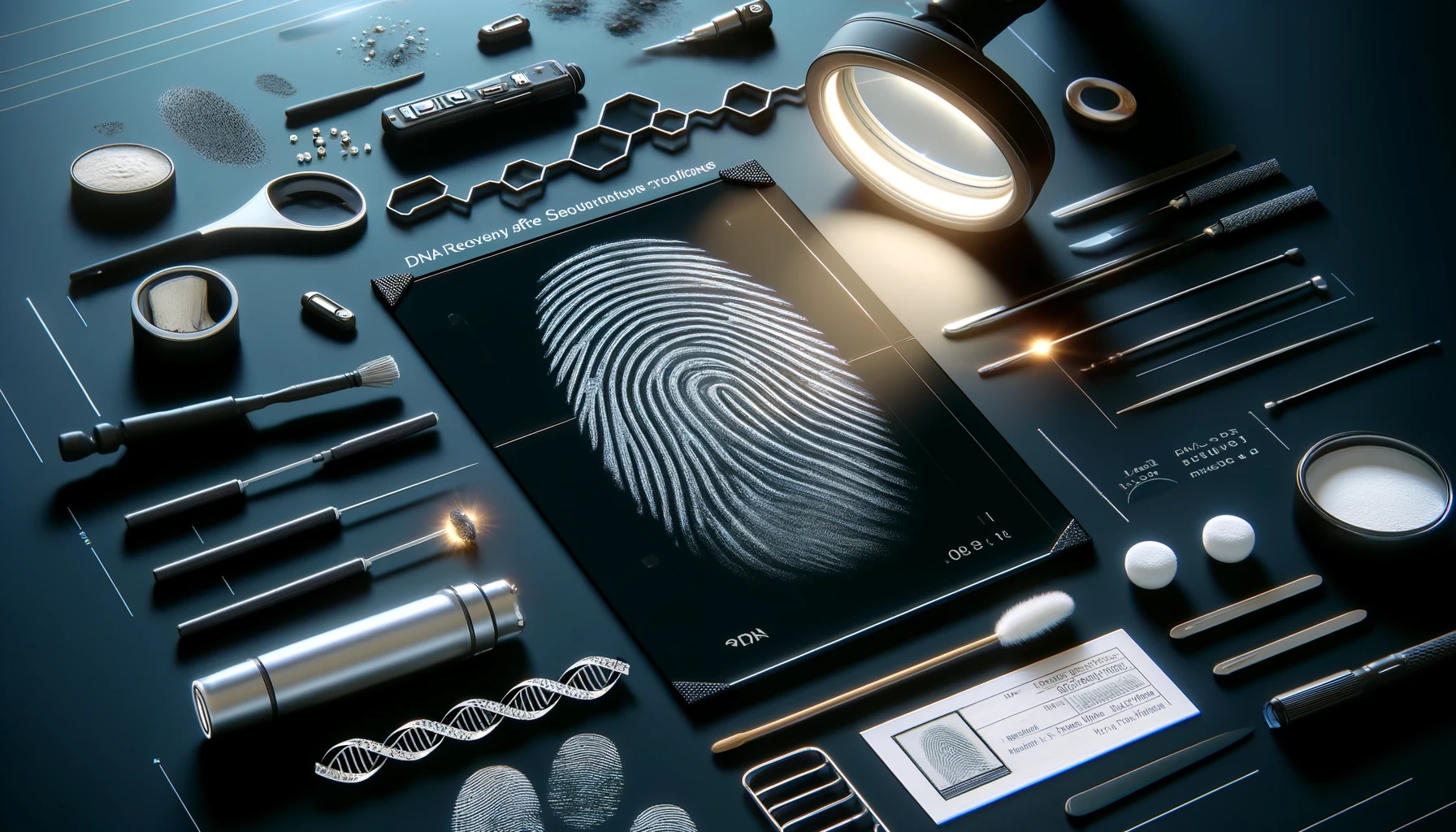Biological evidence – physical evidence such as bodily fluids that originated from a human, plant or animal.
Biological evidence refers to any physical evidence that originates from a living organism. It includes materials or substances with biological origins and can be used in forensic investigations to establish links between individuals, victims, and crime scenes. Biological evidence is crucial in criminal investigations as it often contains DNADNA, or Deoxyribonucleic Acid, is the genetic material found in cells, composed of a double helix structure. It serves as the genetic blueprint for all living organisms. More, which is a unique genetic identifier that can help identify individuals and provide critical information about a crime.
Key points about biological evidence include:
1. Types of Biological Evidence: Biological evidence encompasses a wide range of materials derived from living organisms, such as:
- Blood: Bloodstains or blood samples can provide DNA for identification and can indicate injury or violence.
- Saliva: Saliva can be found on items like cigarette butts, beverage containers, or bite marks.
- Semen: Semen samples can provide DNA evidence and may be relevant in sexual assault cases.
- Hair: Hair can be analyzed for DNA and other characteristics, although it has limitations compared to other sources.
- Tissues: Tissue samples, such as skin, muscles, or organs, may be relevant in cases involving injuries or fatalities.
- Fingernails: Evidence from under the fingernails may contain DNA or foreign materials related to a struggle or an attacker.
- Bone: In skeletal remains cases, bone samples can be used for DNA analysis and identification.
2. DNA Analysis: DNA extracted from biological evidence is a powerful tool in forensic science. DNA profiles can be compared to known individuals or entered into DNA databases to identify potential suspects or victims.
3. Crime Scene Investigation: Biological evidence is often collected at crime scenes through methods like swabbing, scraping, or collecting bodily fluids. It can provide critical clues about the identity of those involved or the circumstances of the crime.
4. Chain of CustodyChain of custody - The process used to maintain and document the chronological history of the evidence. Documents record the individual who collects the evidence and each person or agency that subsequently takes custody of it. This chain of custody verifies that the evidence being analyzed is the same evidence found at the scene and helps ensure there was no opportunity for the evidence to be tampered with. More: Maintaining a strict chain of custody is essential when handling biological evidence to ensure its integrity and admissibility in court. Proper storage and documentation are crucial to prevent contamination or tampering.
5. Expert Analysis: Forensic scientists and DNA analysts specialize in examining biological evidence. They use advanced techniques to extract, analyze, and interpret the genetic information present in these samples.
6. Cold Cases: Biological evidence has been instrumental in solving cold cases, where previously collected evidence is reexamined using modern forensic methods, potentially leading to new insights and arrests.
7. Exoneration: In some cases, biological evidence has been used to exonerate wrongfully convicted individuals, as DNA analysis can conclusively prove innocence.
Biological evidence is pivotal in modern forensic investigations, allowing law enforcement and forensic experts to identify suspects, link individuals to crime scenes, and provide critical information for criminal prosecutions. It is a valuable resource for uncovering the truth in criminal cases and ensuring justice is served.



